当前位置:网站首页>[graph theory brush question-5] Li Kou 1971 Find out if there is a path in the graph
[graph theory brush question-5] Li Kou 1971 Find out if there is a path in the graph
2022-04-23 20:18:00 【smile-yan】
Graph theory brush questions
1971. Find out if there is a path in the graph
Try to catch up with the original question Address
Difficulty and label
Simple difficulty
- Depth-first traversal
- Breadth first traversal
- And find
Title Description
There is one with n Vertex two-way chart , Where each vertex is marked from 0 To n - 1( contain 0 and n - 1). The edges in the graph are represented by a two-dimensional array of integers edges Express , among edges[i] = [ui, vi] It means a vertex ui And vertex vi Two way edges between . Each vertex pair consists of One at most Edge connection , And no vertex has an edge connected to itself .
Please determine whether there is a vertex start Start , To the top end The end of the Effective path .
Here's your array edges And integer n、start and end, If from start To end There is Effective path , Then return to true, Otherwise return to false.
Example 1
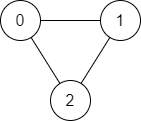
Input :n = 3, edges = [[0,1],[1,2],[2,0]], start = 0, end = 2
Output :true
explain : Existence by vertex 0 To the top 2 The path of :
- 0 → 1 → 2
- 0 → 2
Example 2

Input :n = 6, edges = [[0,1],[0,2],[3,5],[5,4],[4,3]], start = 0, end = 5
Output :false
explain : There are no vertices 0 To the top 5 The path of .
- 1 <= n <= 2 * 10^5
- 0 <= edges.length <= 2 * 10^5
- edges[i].length == 2
- 0 <= ui, vi <= n - 1
- ui != vi
- 0 <= start, end <= n - 1
- There are no two-way edges
- There is no edge pointing to the vertex itself
Topic analysis
It's easier to understand , Without adding some fancy scene descriptions . It's similar to the questions I did before, such as 778. Swimming in a rising pool The difference is that the structure of the graph needs to be built by itself , Given are all edges .
So first build the structure of the graph, and then traverse to find the answer .
In order to be more intuitive, I drew the following pictures :
What is given is n = 6, edges = [[0,1],[0,2],[3,5],[5,4],[4,3]], So when constructing this graph, it can be expressed as multiple groups of vectors , The index of each set of vectors represents the starting point , The elements in the vector are represented as the elements reachable from this starting point , As shown in the figure :

Then start from the starting point X Start , The depth traversal rules are not very different from those before . The specific process can be summarized as :
Looking for a starting point X The corresponding neighbor vector S, Traverse S Each of them Never been interviewed The elements of W, If W == The goal is Y, Then the return true, Otherwise, continue to visit W Neighbors of , Repeat the whole step .
Code implementation
class Solution {
public:
/** * Initialize all paths , According to the matrix given in the title , Into sets of vectors . */
void initPath(const vector<vector<int>>& edges,
vector<vector<int>>& paths) {
for (int i=0; i<edges.size(); i++) {
int source = edges[i][0];
int destination = edges[i][1];
// Undirected graph , Both directions should be recorded
paths[source].push_back(destination);
paths[destination].push_back(source);
}
}
/** * Depth traversal , Until all points are accessed or paths from the starting point are accessed */
bool dfs(vector<vector<int>>& paths,
vector<bool>& visited,
int source,
int destination) {
// The tag has been accessed
visited[source] = true;
// Reach your destination
if (source == destination) {
return true;
}
// Traverse source All reachable neighbors as a starting point
for (int i=0; i<paths[source].size(); i++) {
int newSource = paths[source][i];
// If this point has not been visited , Then continue to look for its neighbors .
if (!visited[newSource] &&
dfs(paths, visited, newSource, destination)) {
return true;
}
}
return false;
}
bool validPath(int n, vector<vector<int>>& edges, int source, int destination) {
vector<vector<int>> paths(n);
vector<bool> visited(n, false);
initPath(edges, paths);
return dfs(paths, visited, source, destination);
}
};
The storage structure of the graph should belong to the adjacency table type , Therefore, the time complexity is closely related to the number of edges , If the number of edges is e e e, The number of points is n n n.
- Time complexity : O ( n + e ) O(n+e) O(n+e);
- Spatial complexity : O ( n × e ) O(n\times e) O(n×e), namely p a t h s paths paths Space occupied by variables .
summary
The topic is simple but it is not so easy to do , Need to think more , Look back .
Smileyan
2022.3.30 0:00
版权声明
本文为[smile-yan]所创,转载请带上原文链接,感谢
https://yzsam.com/2022/04/202204210553133130.html
边栏推荐
- Markdown < a > tag new page open link
- SQL Server Connectors By Thread Pool | DTSQLServerTP plugin instructions
- R language uses econocrats package to create microeconomic or macroeconomic map, visualize indifference function indifference curve, customize calculation intersection, and customize the parameters of
- NC basic usage 3
- [target tracking] pedestrian attitude recognition based on frame difference method combined with Kalman filter, with matlab code
- 中金财富公司怎么样,开户安全吗
- R语言使用timeROC包计算无竞争风险情况下的生存资料多时间AUC值、使用confint函数计算无竞争风险情况下的生存资料多时间AUC指标的置信区间值
- Numpy Index & slice & iteration
- Redis的安装(CentOS7命令行安装)
- DNS cloud school | analysis of hidden tunnel attacks in the hidden corner of DNS
猜你喜欢
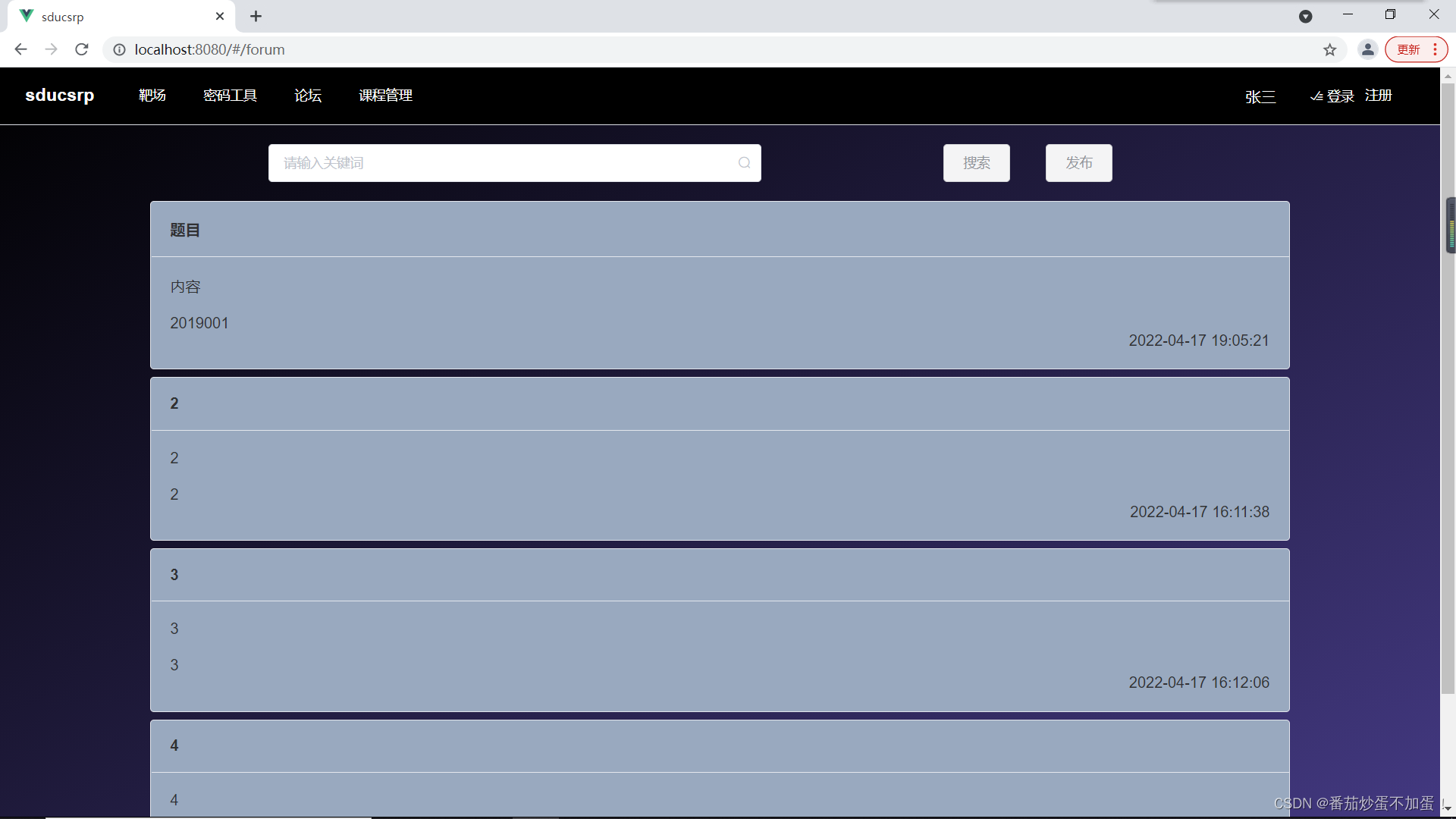
Project training of Software College of Shandong University - Innovation Training - network security shooting range experimental platform (6)

LeetCode动态规划训练营(1~5天)
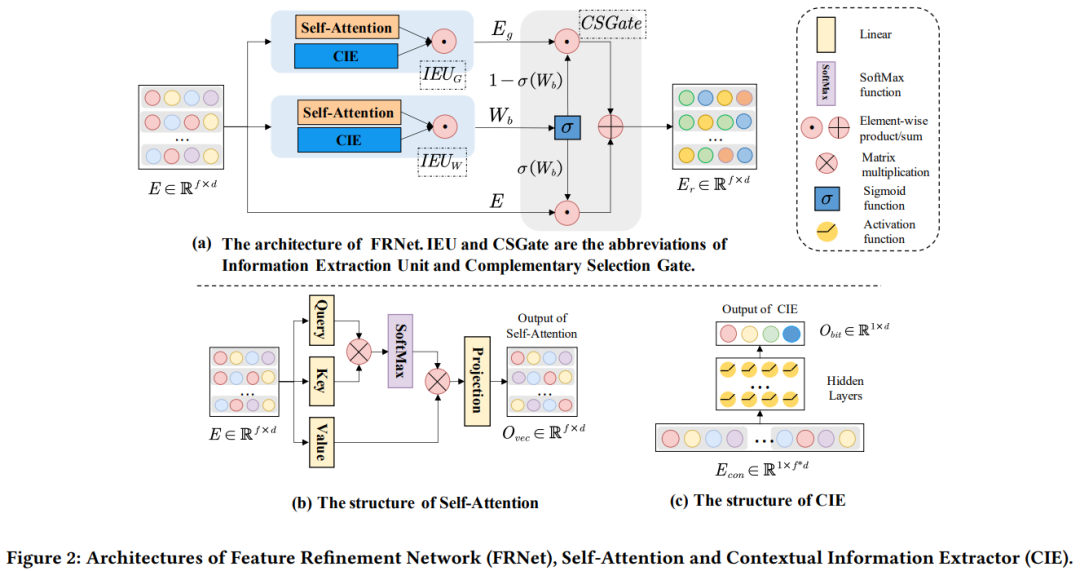
SIGIR'22「微软」CTR估计:利用上下文信息促进特征表征学习
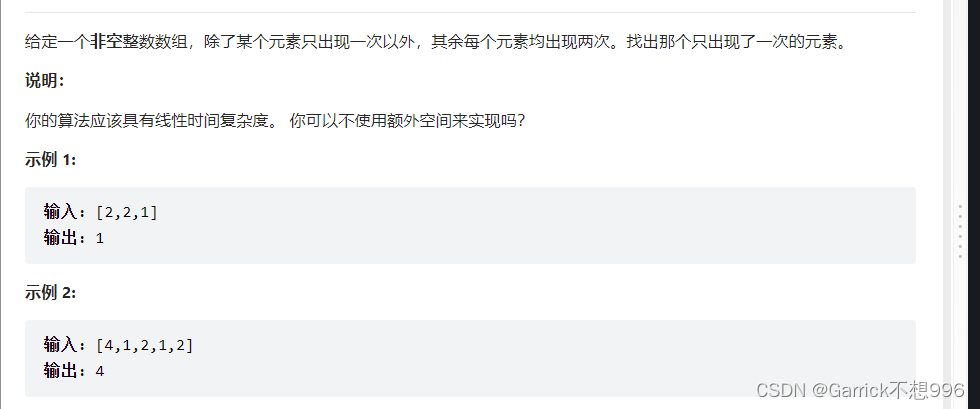
Leetcode XOR operation

Project training of Software College of Shandong University - Innovation Training - network security shooting range experimental platform (V)
![[target tracking] pedestrian attitude recognition based on frame difference method combined with Kalman filter, with matlab code](/img/30/39de1628cb47f715056fb898955ff5.png)
[target tracking] pedestrian attitude recognition based on frame difference method combined with Kalman filter, with matlab code

selenium.common.exceptions.WebDriverException: Message: ‘chromedriver‘ executable needs to be in PAT
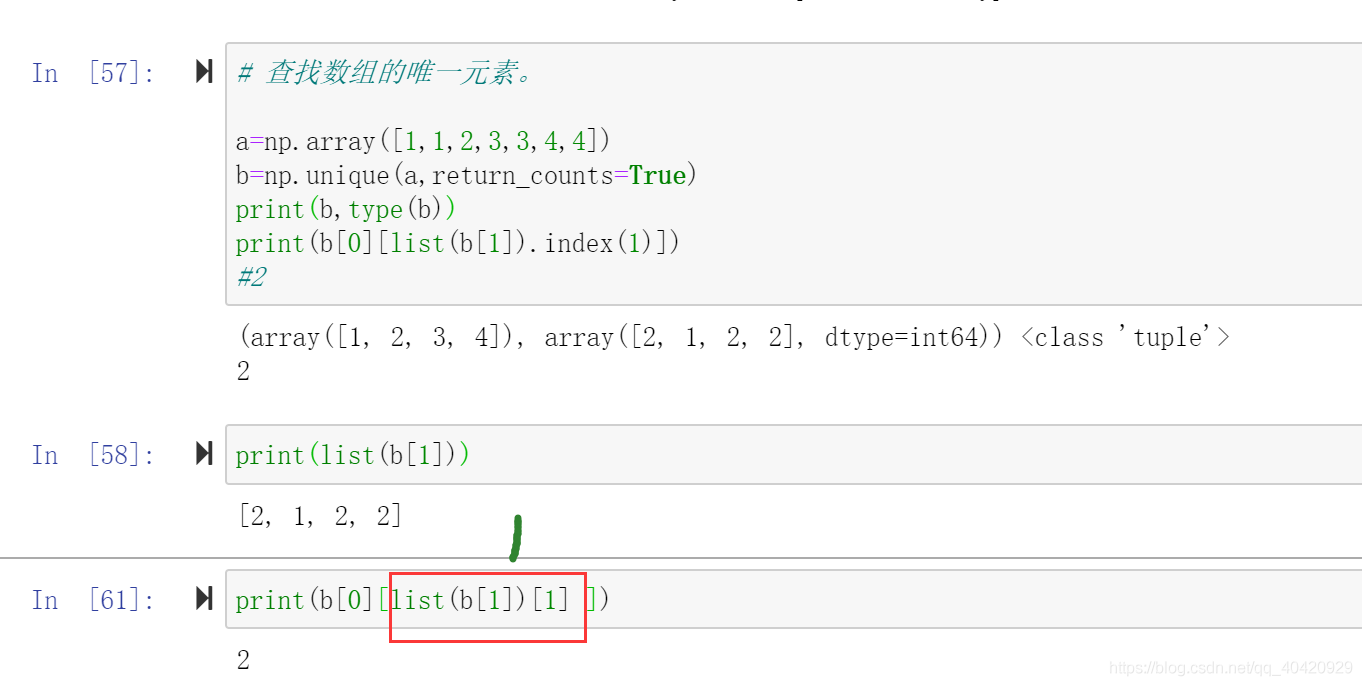
Operation of numpy array
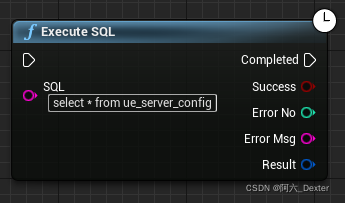
SQL Server Connectors By Thread Pool | DTSQLServerTP 插件使用说明
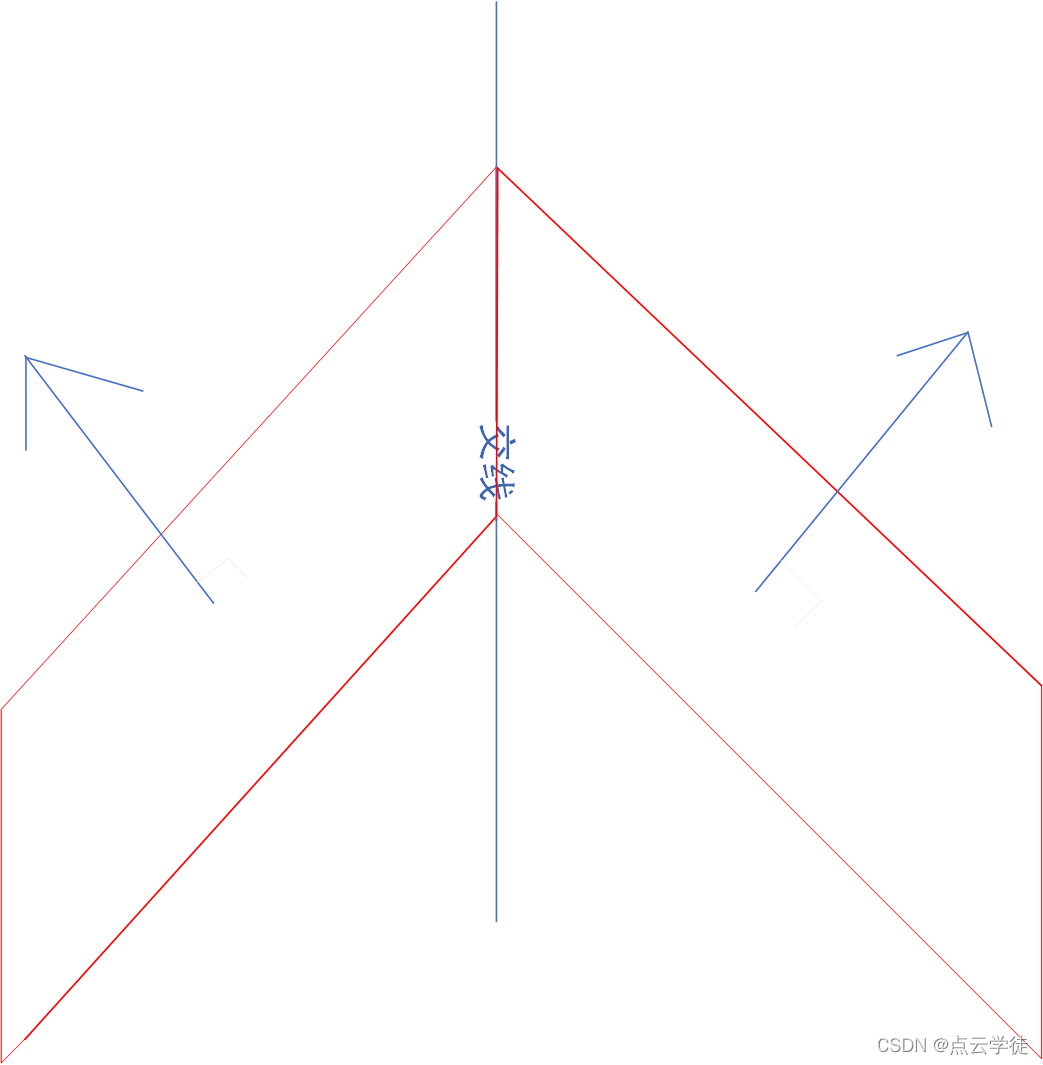
PCL点云处理之计算两平面交线(五十一)
随机推荐
STM32基础知识
How to create bep-20 pass on BNB chain
Cadence OrCAD capture batch change component packaging function introduction graphic tutorial and video demonstration
R语言survival包coxph函数构建cox回归模型、ggrisk包ggrisk函数和two_scatter函数可视化Cox回归的风险评分图、解读风险评分图、基于LIRI数据集(基因数据集)
Software College of Shandong University Project Training - Innovation Training - network security shooting range experimental platform (8)
ArcGIS JS version military landmark drawing (dovetail arrow, pincer arrow, assembly area) fan and other custom graphics
Investigate why close is required after sqlsession is used in mybatties
中金财富公司怎么样,开户安全吗
PCL点云处理之计算两平面交线(五十一)
【数值预测案例】(3) LSTM 时间序列电量预测,附Tensorflow完整代码
LeetCode异或运算
JDBC database addition, deletion, query and modification tool class
CVPR 2022 | QueryDet:使用级联稀疏query加速高分辨率下的小目标检测
Change the material of unity model as a whole
Numpy - creation of data type and array
网络通信基础(局域网、广域网、IP地址、端口号、协议、封装、分用)
MySQL advanced lock - overview of MySQL locks and classification of MySQL locks: global lock (data backup), table level lock (table shared read lock, table exclusive write lock, metadata lock and inte
Compact CUDA tutorial - CUDA driver API
NC basic usage
Mysql database - basic operation of database and table (II)